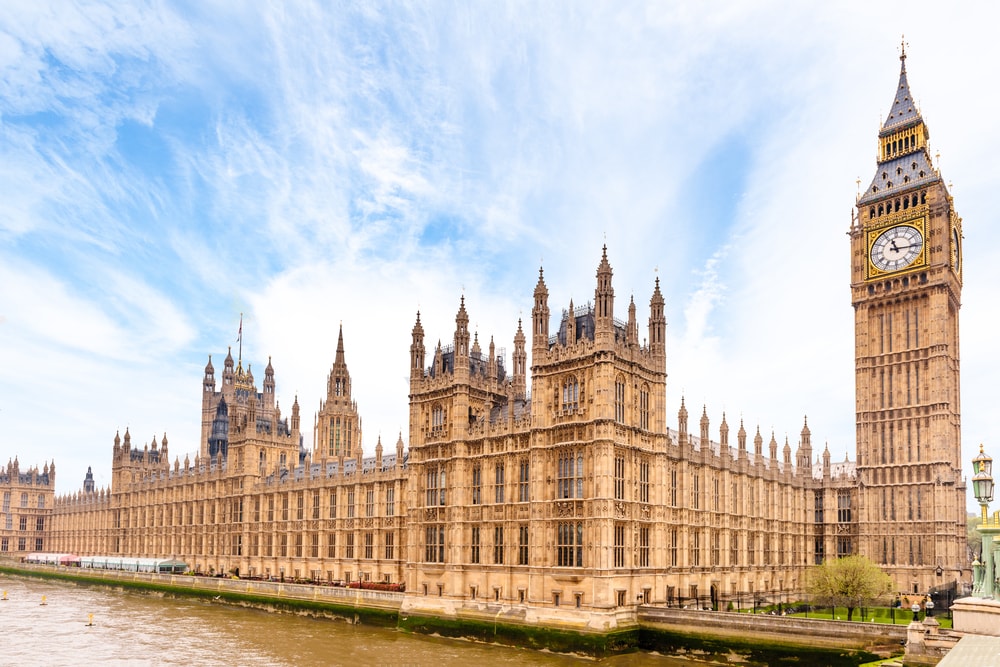The Pensions Regulator (TPR) has granted a modification order to the trustee of the Littlewoods Pensions Scheme, which will enable the surplus remaining at the end of winding-up to be paid to the sponsor.
Modification orders can be made under Section 69 of the Pensions Act 1995 where a surplus would otherwise be trapped in an occupational scheme. Although not a new power, TPR has only used it once before, in 2010.
Given this, Arc Pensions Law, which provided legal advice throughout the process, suggested that this news will act as a "helpful" precedent for other older schemes with a surplus that is trapped even on winding-up.
“We are pleased to have established that this is an option for schemes with the right fact pattern," Arc senior partner, Anna Rogers, stated.
"It’s been a slow process, and TPR’s requirements are stringent, but the precedent will be helpful to other older schemes with a surplus that is trapped even on winding-up.”
This also comes amid growing focus on DB scheme surpluses, as the government recently shared its response to the consultation on DB options, which confirmed plans to lift restrictions on how scheme surpluses are used, including changes to the threshold at which trustees are able to return surplus to the sponsoring employer.
Whilst the Littlewoods Pensions Scheme closed to new members in 2001, pensions are expected to continue being paid for the next 50 years, as membership in May 2023 was around 10,000.
The scheme has recently faced ups and downs, as it was in deficit in the early 2000s, like many other DB schemes at the time, with its deficit approaching £400m at its worst point, and there was a prospect of ending up in the Pension Protection Fund.
However, investment decisions and additional voluntary financial contributions from the employer allowed the scheme to overcome this deficit, which in turn enabled the trustee to transfer all future liabilities to two insurance companies through two buy-ins totalling £1.7bn.
As part of these deals, the employer, Littlewoods, paid an additional £32.5m in total over and above its legal obligations.
After securing all the benefits, and meeting the costs of reaching buyout and winding-up, assets of approximately £16m are expected to be left in the scheme.
The trustee suggested that this surplus should be returned to the employer, but was required to approach TPR for assistance given the historic restrictions in the scheme rules.
TPR then considered a number of factors, before confirming that it would approve a modification order authorising the trustee to modify the rules to allow the return of this surplus to the employer.
The trustee has since begun the regulatory process of notifying the former pension scheme members, which is process is expected to take a minimum of six months.
Once complete, the refund of surplus can be paid.
Commenting on the news, Littlewoods Pensions Scheme trustee chairman, Colin Thwaite, said: “Littlewoods has provided generous financial support to our scheme over recent years, and I’m delighted that we have been able to secure the pensions for all our members in full.
"We are grateful to The Pensions Regulator for enabling us to pay the unused assets back to Littlewoods so that we can now finish winding the scheme up.
"Guaranteeing our pension obligations has been our goal for a long time and it is a testament to the quality of our advisers, and the longstanding support and collaboration with Littlewoods and its shareholders, that we have achieved it.”
Latest News
-
FCA consults on plans to better support DC digital planning and transfers amid 'changing market'
-
FCA to consult on pension charge cap in Q2 2026
-
‘No let-up’ in regulatory activity for DB schemes amid heightened scrutiny
-
Keeping track of the latest pensions dashboards connections
-
Govt asked to provide update on SPA transition research
-
This week in pensions: 8-12 December
Private markets – a growing presence within UK DC
Laura Blows discusses the role of private market investment within DC schemes with Aviva Director of Investments, Maiyuresh Rajah
The DB pension landscape
Pensions Age speaks to BlackRock managing director and head of its DB relationship management team, Andrew Reid, about the DB pensions landscape
Podcast: From pension pot to flexible income for life

Podcast: Who matters most in pensions?

In the latest Pensions Age podcast, Francesca Fabrizi speaks to Capita Pension Solutions global practice leader & chief revenue officer, Stuart Heatley, about who matters most in pensions and how to best meet their needs
© 2019 Perspective Publishing Privacy & Cookies











Recent Stories